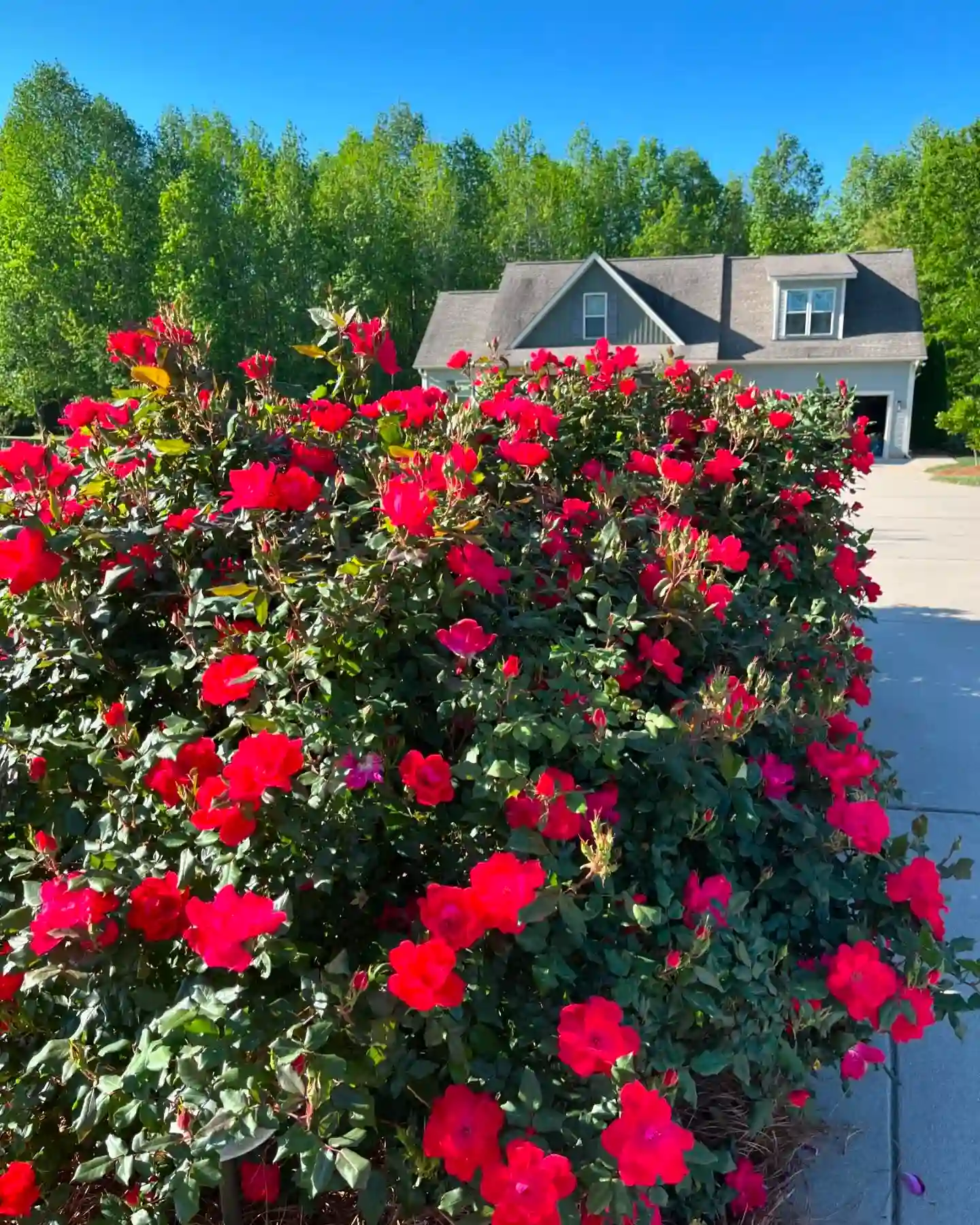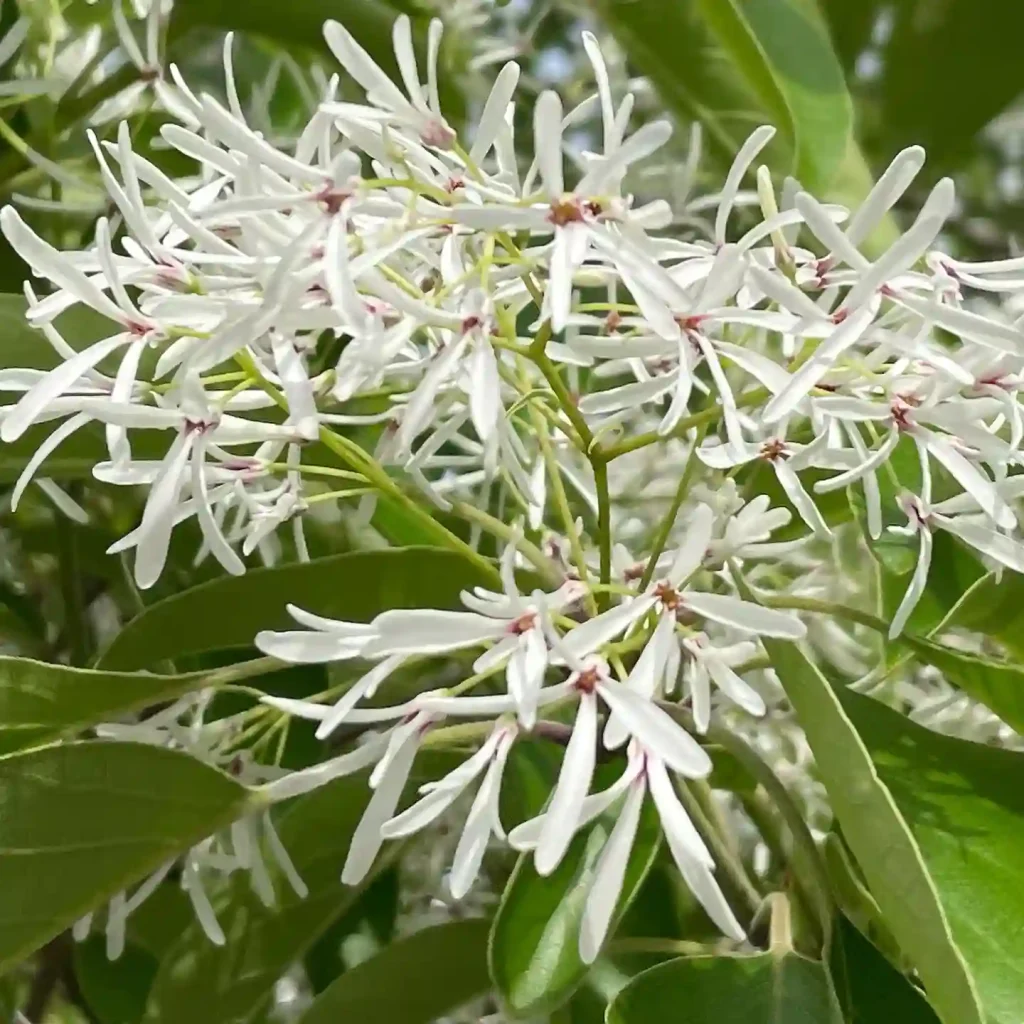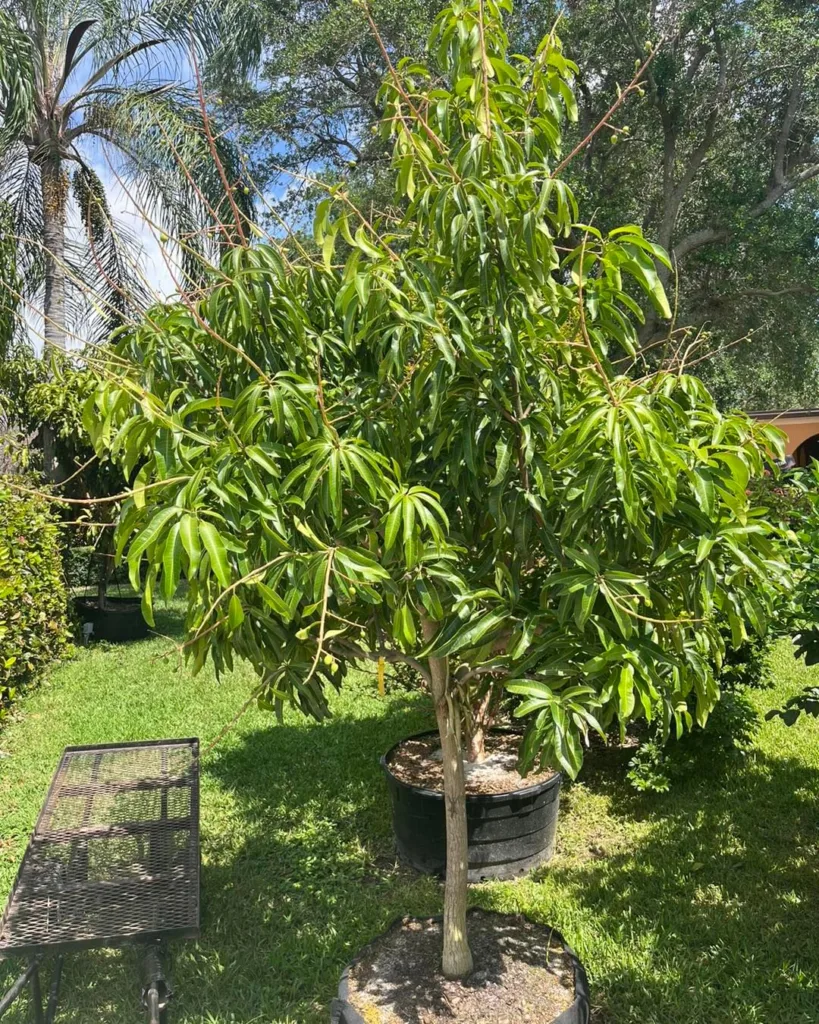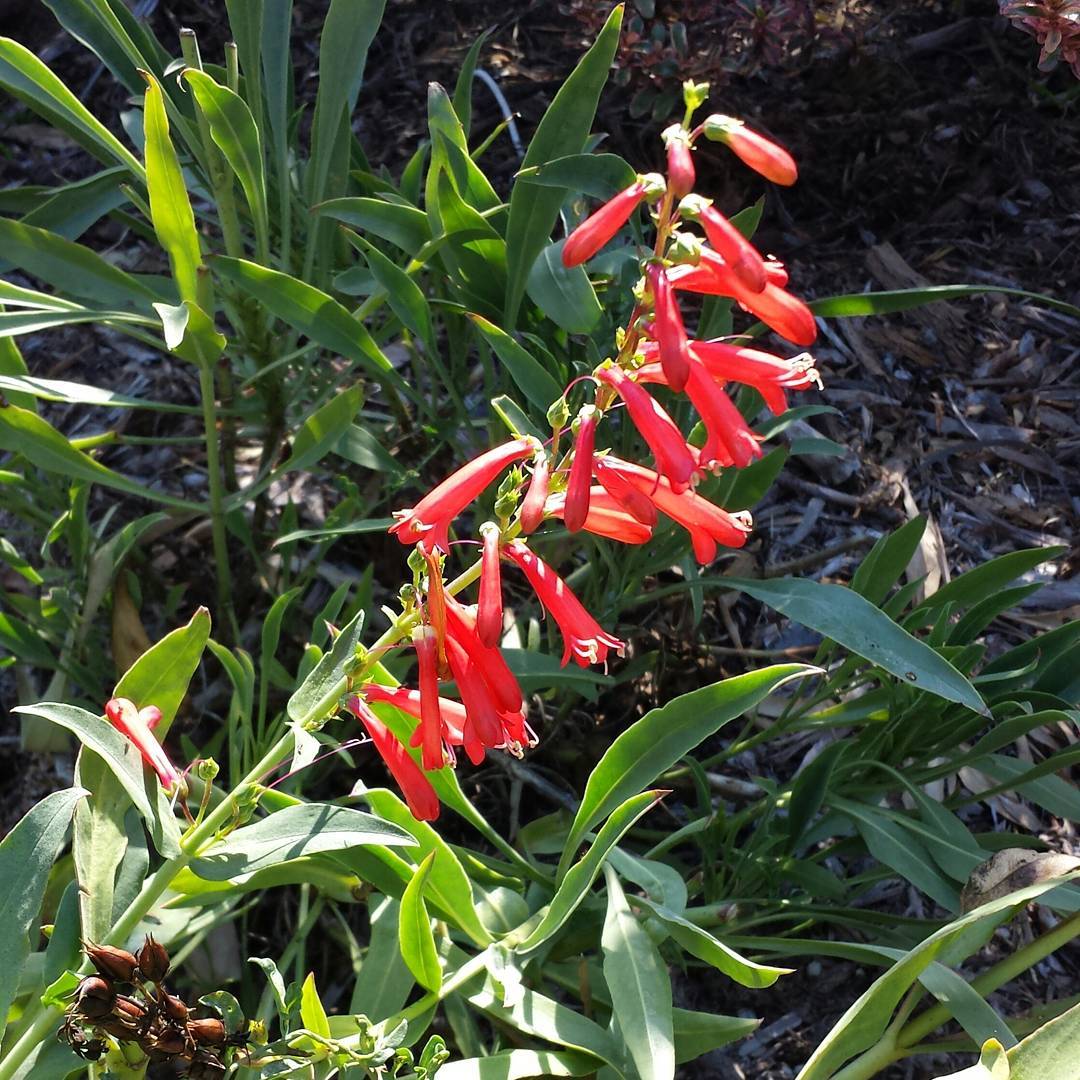Tillandsia Utriculata: The Enigmatic Giant Air Plant
Hi, Ferb Vu here. Today, we’re diving deep into the fascinating world of Tillandsia utriculata, also known as the spreading air plant, giant air plant, or wild pine. This bromeliad species boasts a unique lifestyle and captivating beauty, making it a conversation starter in any plant collection.
690 Species in Genus Tillandsia – Air Plants
What is Tillandsia Utriculata?
Tillandsia utriculata is an epiphytic bromeliad, meaning it thrives by clinging to other plants or structures for support. Native to Florida, Georgia, the Caribbean, and parts of Central and South America, this air plant boasts a grandeur unlike any other.
Imagine cascading, light green to gray-green leaves, reaching up to 80 centimeters long, cradling a central “tank” that can hold a liter of water. This impressive water storage capacity allows Tillandsia utriculata to survive in dry environments by absorbing moisture from the air.
The star of the show, however, is the inflorescence. Picture an erect, zig-zagging flower spike that can reach a staggering two meters in height! The floral bracts, often tinged with purple, gracefully frame the delicate white flowers, creating a truly breathtaking spectacle.
How to care for Tillandsia Utriculata?
Unlike traditional potted plants, Tillandsia utriculata doesn’t require soil. Here’s how to create a thriving haven for your air plant friend:
- Light: Bright, indirect sunlight is ideal. Avoid harsh midday sun, as this can scorch the leaves.
- Watering: Soak your Tillandsia utriculata for 30 minutes once a week, allowing it to dry completely between waterings. You can also mist the plant lightly in between soaks, especially in dry climates.
- Air Circulation: Good air circulation is essential to prevent rot. Consider mounting your Tillandsia utriculata on a piece of driftwood or hanging it in a well-ventilated spot.
- Fertilizer: A diluted bromeliad fertilizer applied monthly during the growing season (spring and summer) can give your Tillandsia utriculata a boost.
With proper care, your Tillandsia utriculata can reward you with stunning blooms and years of air-purifying magic.
Propagating Tillandsia Utriculata
Tillandsia utriculata reproduces through pups, or offsets, that emerge at the base of the mature plant. Once the pups reach about one-third the size of the mother plant, you can gently remove them with a sharp knife. Allow the pups to dry for a few days before mounting them on their own structures.
Common Problems with Tillandsia Utriculata
While generally low-maintenance, Tillandsia utriculata can face a few challenges:
- Overwatering: This is the most common culprit. Ensure your air plant dries completely between waterings to prevent rot.
- Mealybugs: These tiny, white insects can suck the sap out of your Tillandsia utriculata. Treat them with insecticidal soap or neem oil.
- Scale: These armored insects attach themselves to the leaves and steal nutrients. You can remove them manually with a cotton swab dipped in alcohol.
With a watchful eye and proper care, you can keep your Tillandsia utriculata healthy and thriving.
Tillandsia Utriculata vs. Other Air Plants
Tillandsia utriculata stands out in the air plant world for its sheer size. Here’s a quick comparison:
- Tillandsia Ionantha: This popular air plant is much smaller, with silvery-green leaves and a compact form.
- Tillandsia Xerographica: Often called the “Ball Moss,” this air plant forms a spherical shape with grayish-green leaves. Both Tillandsia xerographica and Tillandsia utriculata have impressive water storage capabilities.
Ultimately, the best air plant for you depends on your personal preference and available space.
The Enchantment of Tillandsia Utriculata
Tillandsia utriculata is more than just an air plant; it’s a conversation starter. Its unique form, impressive water storage, and breathtaking blooms make it a captivating addition to any home. With a little TLC, you can cultivate a thriving piece of nature’s artistry, adding a touch of the tropics to your indoor space.
So, are you ready to embark on the journey of caring for Tillandsia utriculata? With its low-maintenance nature and captivating beauty, this air plant is sure to become a cherished member of your botanical family.
If i die, water my plants!



